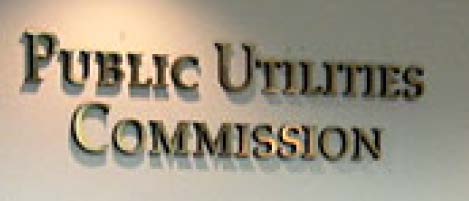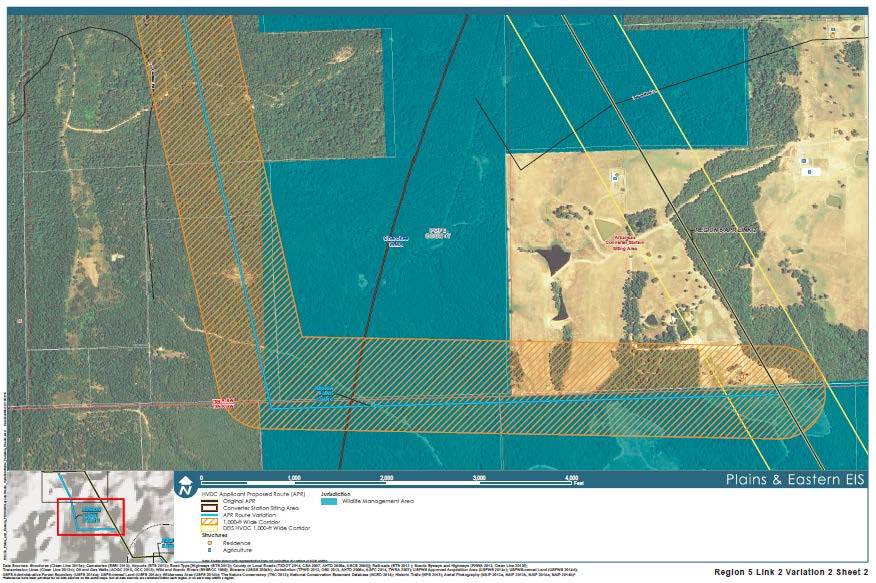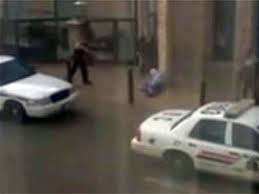Onward with PUC Certificate of Need and Routing Rulemaking
August 19th, 2015
We’ve been working on the rules for the Minnesota Public Utilities Commission’s chapters covering Certificate of Need and Siting/Routing of electric utility infrastructure, ranging from transmission to power plants. WHEW! It takes forever, and thus far it’s been over two and a half years, just for the “pre-Commission-sends-it-out-for-comments” rulemaking advisory group part.
Who cares about rules? Well I do, as to many others who have been dealing with Certificate of Need and Routing/Siting issues over the years. It’s important because so many things are wrong with the process, from awkward to just plain wrong/unfair, even in light of the enabling statutes for these rules (rules need to operate within some pretty restrictive statutory framing).
This is, again, still informal, and PUC is open to any and all comments, ones on point, that is, and so comment on specific language, and suggest specific language! Here’s the latest (and I’ve filed them on the PUC site):
To see the versions and comments thus far, go to the PUC’s SEARCH PAGE HERE, and search for PUC Docket 12-1246.
To file comments, go HERE and file. If you’re not registered to file, go HERE and register and file! It’s that easy, almost instantaneous!
NEW route options for Plains and Eastern Clean Line?
August 11th, 2015
Yesterday, I received a missive about the Plains & Eastern Clean Line that was disconcerting to say the least. After all the Comment periods have closed, both DEIS and Section 1222, the DOE now says that based on comments received, there have been changes, and we get this:
Route Variations and Modified Converter Station Siting Areas
Route Variations Project Overview
Route Variations by Regions
Route Variation Sheet Maps
Modified Arkansas Converter Station Alternative Siting Area
Modified Tennessee Converter Station Siting Area
Here’s an example that makes no sense to me — look at the site for the so-called Arkansas Converter Station — it’s surrounded. Does DOE think it can ram through Wildlife Management Areas?
Given all this new information, where’s the announcement of opportunity to review and file DEIS Comments on this?
Given the alterations of routes, are new landowners affected? If so, where’s the announcement of opportunity to review the whole mess and file Section 1222 Comments?
ATXI shot down by Missouri Appellate Court
August 11th, 2015
Check out this great slap down of Ameren Transmission Company of Illinois by the Missouri Court of Appeals when Ameren challenged the lower court’s dismissal of their attempt to circumvent state regulation (thanks to Paul Henry for passing this on):
As you know, Missouri is the state that had the wherewithall to declare that Grain Belt Express and its Clean Line was not a utility. In this case, Ameren went in and said, with it seems quite a bit of arrogance, Missouri, don’t touch me, we don’t have to play with you, you don’t regulate me:
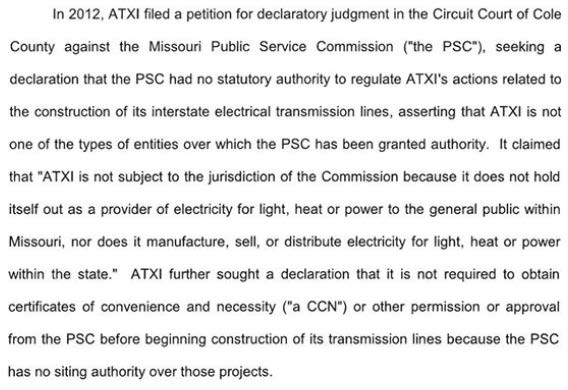 WOW, whew, that sure didn’t work for Ameren. Love it when that happens.
WOW, whew, that sure didn’t work for Ameren. Love it when that happens.
And in the Alaska Highway News…
August 3rd, 2015
Clean Power Plan? MPCA wants comments!
August 3rd, 2015
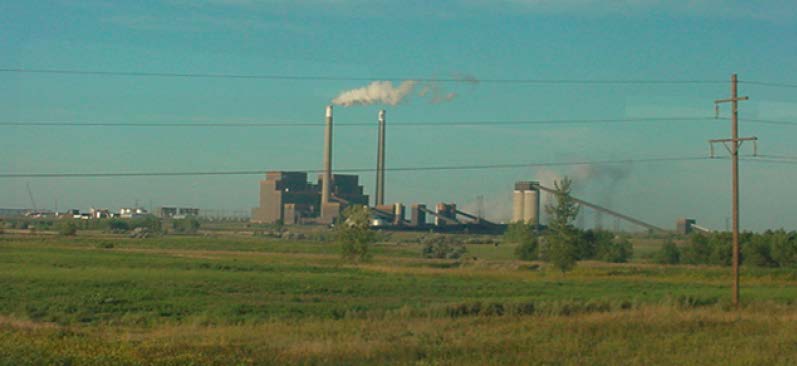 That’s the Coal Creek plant, a photo I took on a tour. If you’re an electric co-op member in Minnesota (elsewhere too?), they offer tours regularly, and it’s something you should do! Check your co-op’s newsletter for info.
That’s the Coal Creek plant, a photo I took on a tour. If you’re an electric co-op member in Minnesota (elsewhere too?), they offer tours regularly, and it’s something you should do! Check your co-op’s newsletter for info.
State Register Notice:
Just released FEDERAL Clean Power Plan:
Clean Power Plan Final Rule (PDF)(1560 pp, 3.3 MB, About PDF) – August 2015
Look at how the “adjusted” Minnesota’s baseline levels due to Sherco 3 being out for nearly 2 years:
The EPA examined units nationwide with 2012 outages to determine where an individual unit-level outage might yield a significant difference in state goal computation. When applying this test to all of the units informing the computation of the BSER, emission performance rates, and statewide goals, the EPA determined that the only unit with a 2012 outage that 1) decreased its output relative to preceding and subsequent years by 75 percent or more (signifying an outage), and 2) could potentially impact the state’s goal as it constituted more than 10 percent of the state’s generation was the Sherburne County Unit 3 in Minnesota. The EPA therefore adjusted this state’s baseline coal steam generation upwards to reflect a more representative year for the state in which this 900 MW unit operates.
Clean Power Plan Final Rule (PDF p. 796 of 1560).
And from the state, which acknowledges imminent release of FEDERAL Clean Power Plan Final Rule , also released today, just in from the MPCA (direct quote):
The Minnesota Pollution Control Agency (MPCA) has issued a request for comments on possible rule amendments to bring Minnesota into compliance with the U.S. Environmental Protection Agency’s (EPA’s) Clean Power Plan. You can read the full request in the August 3, 2015, edition of the State Register, available at www.comm.media.state.mn.us/bookstore/mnbookstore.asp?page=register.
The amendments we are considering will help Minnesota meet standards established by the Clean Power Plan, which sets state-specific carbon dioxide emission targets and requires each state to submit a plan detailing its strategy for meeting the targets. As of State Register press time, we have not yet started drafting a plan because the EPA has not yet published the standards that Minnesota’s plan will need to meet, so the MPCA requests public input to help guide our considerations of methods for meeting the EPA’s targets, as well as any other objectives that the state’s plan might include.
Stakeholder meeting agendas, notes, and other related documents are posted on the website for this rulemaking at www.pca.state.mn.us/w9y3awr.
To access information about a particular Minnesota rulemaking, visit the Public Rulemaking Docket.
